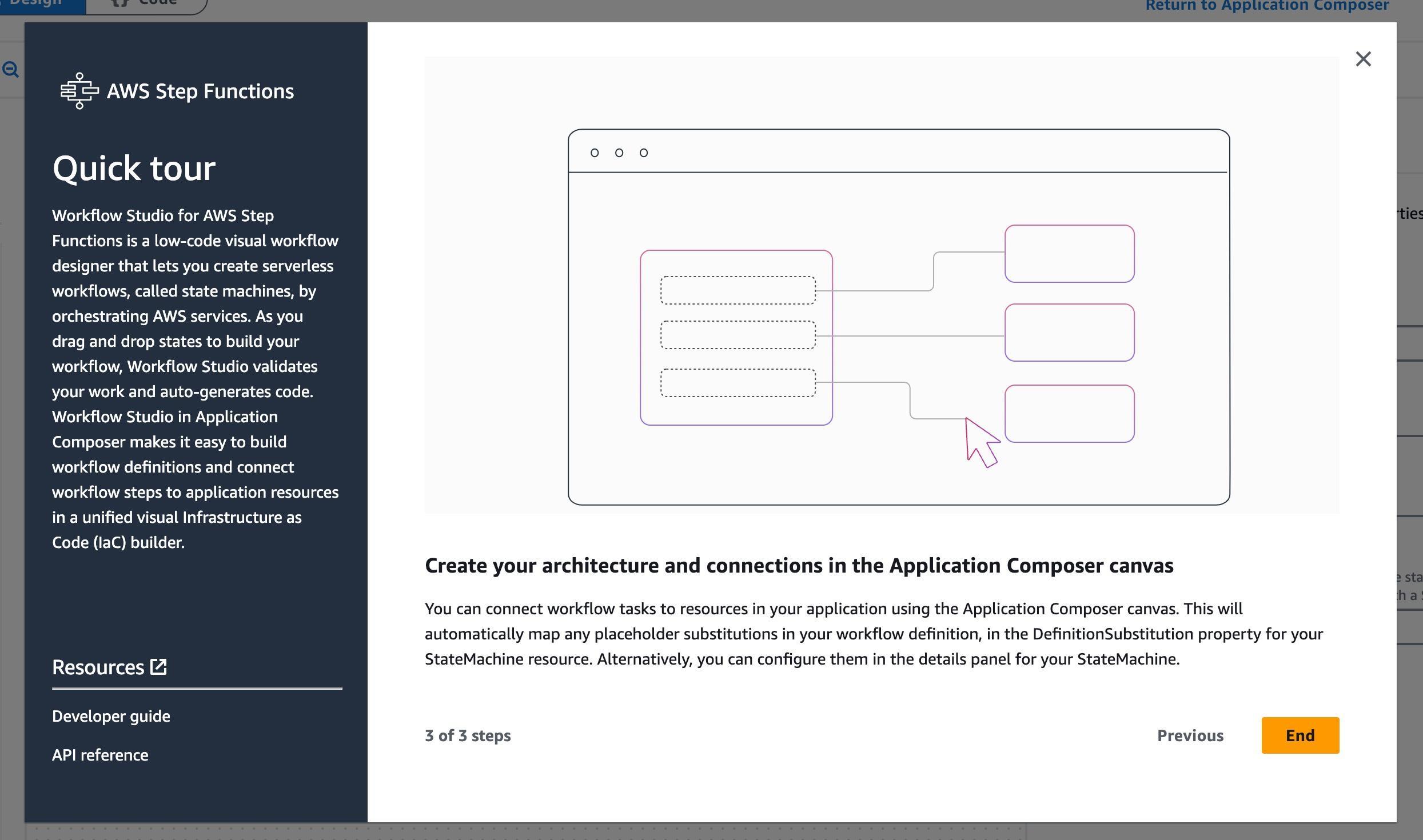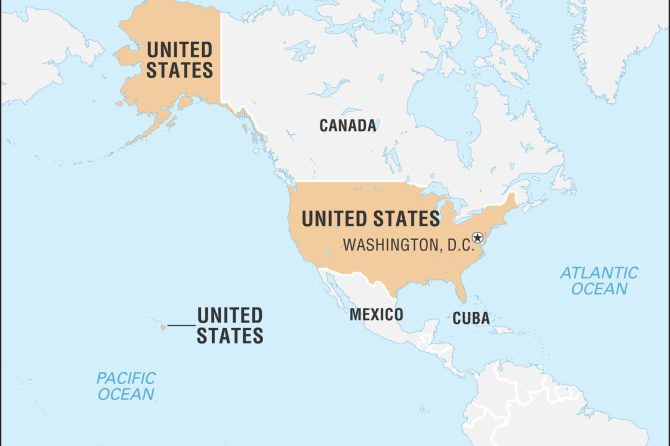The ongoing competition between the PGA Tour and LIV Golf has generated considerable excitement, especially due to their differing television ratings. Recent data highlights a significant gap in viewer engagement, wiht the PGA Tour consistently attracting millions while LIV Golf struggles to retain its audience. This article will delve into what these ratings indicate about fan preferences, the effects of marketing strategies, and the future of competitive golf.
Examining the TV Ratings Landscape of GolfS Leading Tours
Recent viewership statistics reveal a stark contrast between the PGA Tour and LIV Golf, showcasing a notable difference in audience engagement. During a recent LIV Golf event in Mexico, the average viewership reached only 110,000 on FS1, substantially overshadowed by the PGA Tour, which garnered an remarkable 1.63 million viewers on CBS during the same time slot. This disparity highlights the challenges LIV faces in expanding its audience.
The PGA Tour’s strong ratings can be attributed to several key factors:
- Established Reputation: The PGA Tour has been a cornerstone of the golfing community for decades, cultivating a dedicated fan base.
- Star Power: Elite players, such as Jon Rahm and Bryson DeChambeau, consistently attract significant interest.
- Reliable Scheduling: Regular programming and high-quality broadcasts enhance viewer retention.
in contrast,LIV Golf’s events have struggled to match the excitement and engagement levels of the PGA Tour. Analysts suggest that without a major victory or a strategic overhaul,LIV Golf may need to reevaluate its approach to thrive in this competitive environment. As the golf landscape evolves, these ratings serve as a crucial indicator of each league’s appeal and long-term viability.
Viewer Engagement Comparison: PGA Tour vs. LIV Golf
in a rapidly changing golfing environment, the viewer engagement metrics between the PGA Tour and LIV Golf provide valuable insights into fan preferences and demographics. Recent Nielsen reports have revealed significant differences in average audiences, with the PGA Tour attracting around 2.42 million viewers, compared to LIV Golf’s 289,000 viewers during similar time slots. This substantial gap raises questions about LIV Golf’s overall appeal and future sustainability, as customary golf fans appear more inclined to support established events.
Factors contributing to these rating differences include viewing habits and broadcast strategies. The PGA Tour’s long-standing presence in the sport, combined with high-profile tournaments aired on major networks like CBS, creates a robust viewing experience. Conversely, LIV Golf, marketed as a revolutionary alternative, still struggles to build a consistent viewer base despite its unique team formats and player incentives. The differences in production quality and promotional reach also play a significant role,as many fans find it challenging to connect with the new format.
As LIV Golf seeks to enhance its visibility and market share, it is crucial for the league to adapt to viewer preferences. Strategies may include targeting specific demographics that align with its vision, improving broadcast partnerships, or even modifying tournament formats to boost viewer engagement. Until these changes are implemented, the gap in ratings between the two tours is likely to persist, reflecting the current dynamics within professional golf.
| Tournament Type | PGA Tour Viewers | LIV Golf Viewers |
|---|---|---|
| Third Round – CBS | 1.951 million | 85,000 |
| Final Round – FS1 | 1.63 million | 110,000 |
Key Factors Influencing Golf Viewership in 2023
LIV Golf’s emergence as a competitive entity has transformed the viewership landscape. Fans have become increasingly divided regarding the two tours. While the PGA Tour typically enjoys strong ratings, LIV’s innovative approach, featuring shorter tournaments and attractive incentives, has garnered attention. This shift has prompted many to analyze how combined viewership affects the overall golf audience.
Key factors influencing this change include player dynamics,broadcast partnerships,and marketing strategies. The PGA tour recently reported year-over-year growth in ratings,attributed to an increase in key demographics engaging through traditional platforms like NBC. Simultaneously occurring, LIV Golf’s focus on digital broadcasting and social media has opened doors to younger audiences, contrasting sharply with the PGA’s established methods.The rising competition has also compelled the PGA Tour to adapt. Popular tournaments, such as THE PLAYERS Championship, have seen significant viewership increases, thanks to new strategies aimed at directly engaging fans. As both tours continue to evolve, understanding viewership trends will be essential for catering to their audiences while navigating this unprecedented rivalry in the sport.
Strategies for Boosting Golf Broadcast Appeal and Audience Growth
The rise of LIV Golf has introduced a fresh perspective on viewership and engagement strategies. the differences between its broadcasts and those of the PGA Tour underscore the need for innovation.Interactive features, such as live social media feeds and real-time data analytics, can significantly enhance the viewer experience. By incorporating fan-oriented initiatives, such as polls and live Q&A sessions, networks can cultivate a more engaged audience.
Moreover, leveraging dynamic storytelling is vital in today’s digital landscape. Utilizing various media forms—such as highlight reels,player profiles,and on-course commentary—helps create a complete narrative that resonates with fans. Understanding the demographics of both PGA and LIV audiences will inform tailored content strategies that expand reach and improve retention rates.
To illustrate the differences in broadcasting, the following table summarizes audience engagement metrics from recent events:
| Event | Audience Engagement | Average View Duration |
|---|---|---|
| PGA Tour | moderate Interaction | 3 hours |
| LIV Golf | High Interaction | 2.5 hours |
Both tours must adapt to evolving viewer preferences through strategic broadcasting shifts. Emphasizing authentic connections and audience participation will be crucial in preserving golf’s legacy while attracting new fans.
As the ratings competition between the PGA tour and LIV Golf continues, recent viewership statistics highlight a widening gap in audience engagement. While the PGA Tour remains a favorite among viewers, LIV golf faces challenges in building a substantial fan base. This contrast not only reflects the current state of professional golf but also raises questions about the future viability of the LIV platform. Analysts suggest that without a significant breakthrough, LIV’s position in the competitive golf landscape may remain precarious. As the sport evolves, the outcomes of these ratings will be critical in shaping its future trajectory.

### Meta Title
PGA Tour vs. LIV Golf: TV Ratings Insights and Future Implications for Golf
### Meta Description
Explore how TV ratings highlight the competition between the PGA Tour and LIV Golf, revealing insights on viewer preferences, potential growth, and the future of professional golf.
—
## Understanding the Viewership Landscape
The golf world is currently witnessing a significant shift in viewer engagement, primarily exemplified by the battle for audience attention between the **PGA Tour** and **LIV Golf**. By assessing recent TV ratings, we can uncover valuable insights into the preferences of golf fans and what this might mean for the future of the sport.
### Recent TV Ratings Performance
#### Comparison of Viewership Numbers
| Tour | Average Viewers (latest Event) | Peak Viewers | Network |
|————|————————-|————–|————-|
| PGA Tour | 1.951 million | TBD | CBS |
| LIV Golf | 110,000 | TBD | FS1 |
The table above outlines the stark contrast between the viewership numbers of the two tours during comparable events. While the **PGA Tour** continues to attract substantial audiences, **LIV Golf** struggles to generate similar interest.
### Factors Influencing Viewer Preferences
#### Quality of Production
High production quality significantly contributes to viewer retention and overall enjoyment. The PGA Tour’s established reputation for delivering polished broadcasts stands in stark contrast to LIV Golf’s attempts at entering the broadcast landscape.
#### Star Power
The presence of star players on the PGA Tour, including established names, enhances viewer interest. The lure of watching renowned golfers compete on classic courses often translates into higher ratings.
– **Notable PGA Tour Players:**
- Tiger woods
- Rory McIlroy
– Phil Mickelson (mixed engagement due to LIV)
### audience Engagement Strategies
#### Social Media Presence
both tours must leverage social media platforms to increase visibility and attract younger viewers. Interactive content, behind-the-scenes footage, and engaging narratives can pull in a broader audience.
– **LIV Golf Strategies:**
– Focus on short, impactful highlight reels on platforms like instagram and TikTok.
– Collaborate with influencers to attract a younger demographic.
### Viewer Demographics
Understanding the demographics of golf fans can definitely help both tours strategize more effectively. The PGA Tour traditionally appeals to a more established audience, while LIV Golf attempts to capture a younger demographic seeking a fresh, dynamic experience.
| Demographic | PGA Tour | LIV Golf |
|——————-|————|————|
| Age Range | 35-65 | 18-35 |
| Gender Breakdown | 70% Male | 60% Male |
| Geographic Focus | Global | U.S. centric |
### Potential for Growth
The landscape of professional golf may be shifting, but growth potential exists for both tours. Here are some insightful strategies:
#### Innovating Tournament Formats
LIV Golf’s unique tournament structures, such as shorter rounds and team formats, could serve to appeal to younger audiences more accustomed to fast-paced entertainment.
#### Enhancing Fan Experience
Creating immersive fan experiences during tournaments can enhance viewer loyalty. Initiatives could include:
– interactive kiosks for fans
– enhanced viewing experiences with technology
- Player meet-and-greet opportunities
### Case Study: Major Tournaments
Analyzing major tournaments can provide additional insights into viewership trends. For instance, the Masters and U.S. Open have consistently drawn high ratings, showcasing the importance of tradition and prestige in attracting audiences.
| Tournament | Network | 2024 Viewers |
|———————|————|——————–|
| Masters | CBS | 15 million |
| U.S. Open | NBC | 10 million |
| Open championship | ESPN | 8 million |
### Melting Pot of Narratives
Crafting compelling narratives around players and events can captivate audiences.For both tours,storytelling is crucial to drive engagement:
– **PGA Tour:** Legacy,tradition,and player rivalries.
– **LIV Golf:** Disruption, innovation, and new perspectives on competition.
### Leveraging Technology
Advancements in technology, notably augmented and virtual reality, provide avenues for enhancing viewer engagement. Both tours should invest in technologies that provide immersive experiences for fans, whether at home or on-site.
### Benefits of Cross-Promotion
Cross-promotional efforts between established players and newer tours can lead to greater engagement:
– Established golfers appearing in LIV events attract traditional fans.
– New, rising stars featured in PGA events can entice younger audiences.
### Conclusion
As golf continues to evolve, both the **PGA Tour** and **LIV Golf** have distinct paths forward. Analyzing TV ratings provides valuable insights into viewer preferences and emphasizes the need for innovative engagement strategies. Through targeted growth endeavors, both tours can cultivate a loyal audience base while navigating the complex landscape of professional golf.
—
By implementing effective strategies and continuously analyzing viewer feedback, the future of professional golf looks promising for both the PGA tour and LIV Golf.





